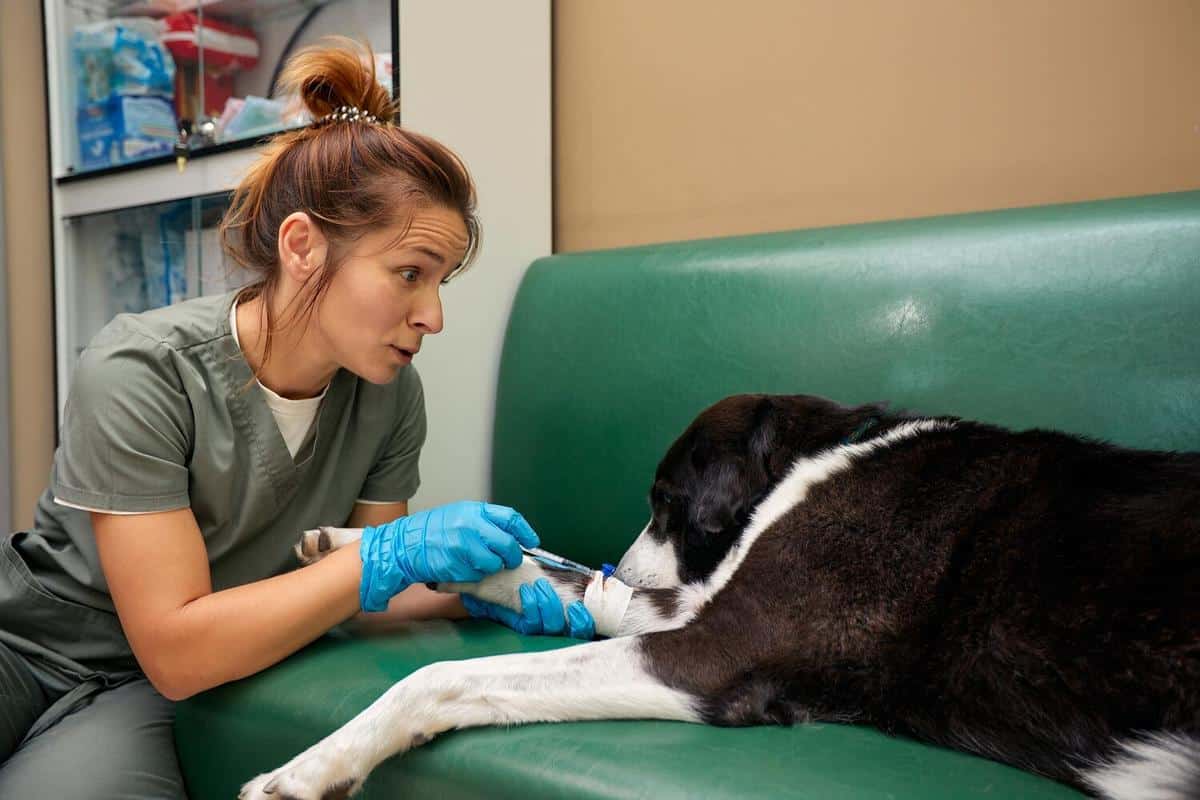
The Psychology Behind Pet Behaviour and How to Use it to Your Advantage
Understanding the psychology behind pet behavior can be transformative for pet owners looking to foster a harmonious relationship with their furry companions. By delving into the motivations and instincts that drive our pets, we can learn to communicate more effectively and meet their needs more fully.
Understanding Pet Behavior: A Deeper Dive
Pets, much like humans, are driven by a combination of instincts, environmental factors, and learned behaviors. Recognizing these influences can help us address behavioral issues and promote positive habits. According to Dr. Sophia Yin, a renowned veterinary behaviorist, understanding a pet’s body language and natural instincts is key to managing their behavior effectively.
The Role of Instincts and Environment
Instincts play a significant role in pet behavior. Dogs, for instance, are pack animals by nature, which influences their social interactions and the need for hierarchy within the household. Similarly, cats, being solitary hunters, often exhibit territorial behaviors. Research suggests that providing an environment that mimics their natural habitat can significantly reduce stress and unwanted behaviors.
Research Insights
Studies have shown that pets thrive in environments that cater to their natural instincts. For instance, a study by the University of Bristol found that dogs with regular daily routines were less likely to exhibit anxiety-related behaviors. Integrating structured activities into your pet’s day can fulfill their need for mental and physical stimulation.
Personal Experiences
Consider the experience of Mark, a pet owner who struggled with his dog’s excessive barking. By observing his dog’s behavior and understanding the triggers, Mark realized that his pet was reacting to boredom and lack of exercise. Implementing a daily walk routine and interactive toys, Mark successfully reduced his dog’s barking.
Actionable Tips for Pet Owners
- Observe and understand your pet’s body language to identify stressors or triggers.
- Provide an environment that caters to your pet’s natural instincts, such as climbing spaces for cats or chew toys for dogs.
- Establish a consistent routine to reduce anxiety and promote positive behaviors.
- Engage in positive reinforcement training to encourage desired behaviors.
Comparison Table: Dog vs. Cat Behavioral Needs
| Aspect | Dogs | Cats |
|---|---|---|
| Social Structure | Pack-oriented | Solitary |
| Exercise Needs | High | Moderate |
| Territorial Behavior | Low | High |
| Training | Positive reinforcement | Consistency |
| Play | Interactive | Independent |
| Stress Indicators | Barking, pacing | Hiding, aggression |
| Calming Techniques | Walks, chew toys | Vertical spaces, quiet areas |
| Dietary Needs | Balanced, protein-rich | Protein-focused |
Engage your pet with puzzle toys to stimulate their mind and reduce boredom-related behaviors.
Frequently Asked Questions
How can I tell if my pet is stressed?
Look for signs such as excessive grooming, changes in eating habits, and unusual aggression or withdrawal.
What is the best way to train my pet?
Positive reinforcement is highly effective; reward good behavior with treats or praise to encourage repetition.
How can I help my pet adjust to a new environment?
Introduce them gradually to new spaces and maintain familiar routines to provide comfort and stability.
Conclusion
By understanding the psychology behind pet behavior, we can create an environment that nurtures and supports our pets’ natural instincts. This knowledge not only improves our pets’ quality of life but also strengthens the bond we share with them. Whether through structured routines, enriching environments, or positive reinforcement, the key to a happy pet lies in understanding their unique psychological needs.


